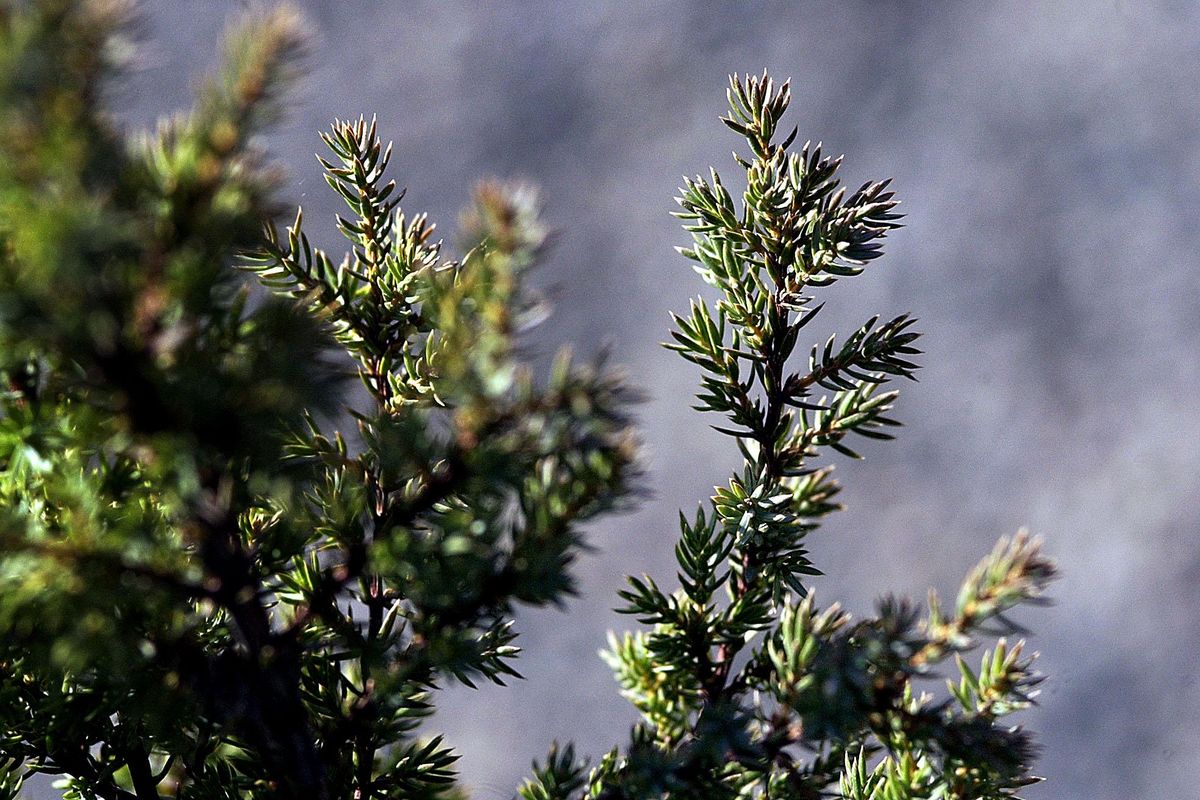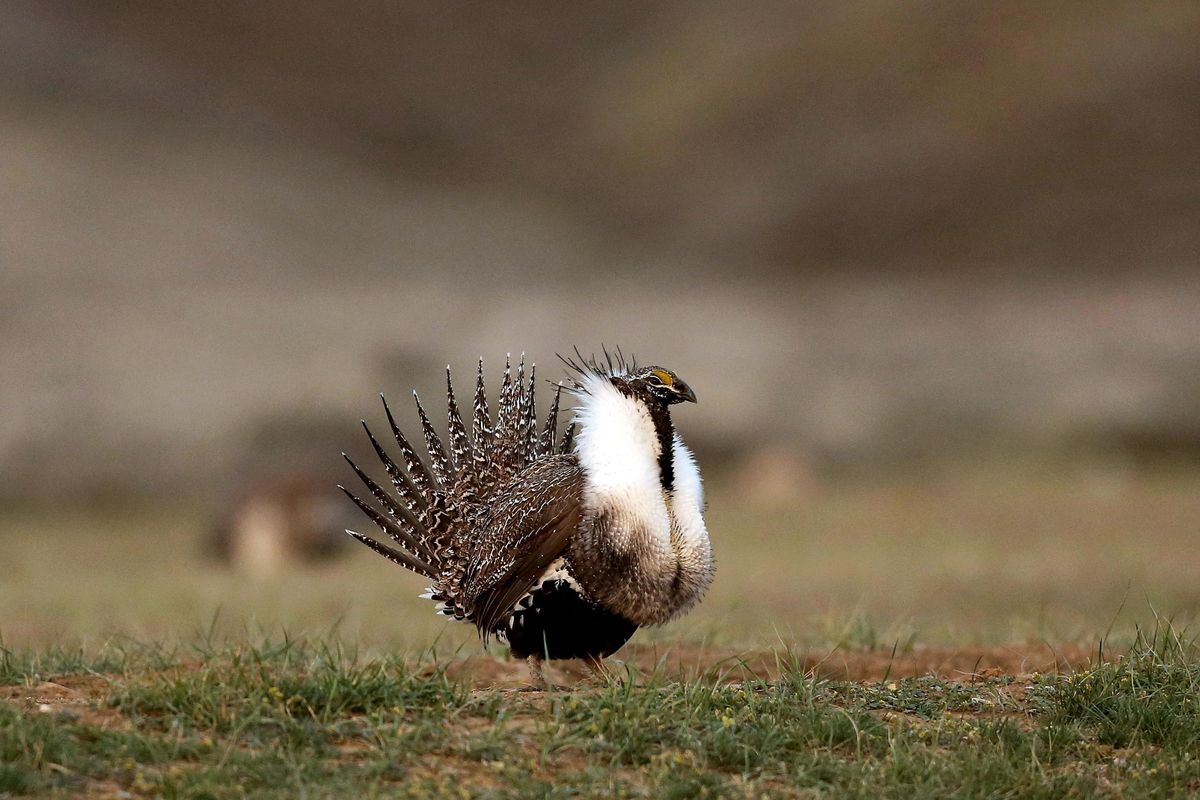Environmental group appeals massive juniper removal in Idaho
A Juniper like this Communis Compressa, shown Nov. 9, 2006, has beautiful foliage and will do well in a container over several years. (Brian Plonka / The Spokesman-Review)Buy a print of this photo
BOISE, Idaho – An environmental group is challenging one of the largest-ever projects to remove juniper trees that federal officials say will protect habitat for imperiled sage grouse and benefit cattle ranchers in southwestern Idaho.
The Western Watersheds Project in an administrative appeal filed Thursday contends the U.S. Bureau of Land Management’s project benefits mainly cattle and sheep grazing at the expense of sage grouse habitat that will be harmed by an influx of fire-prone invasive weeds.
“Sage grouse in Idaho are in trouble, but it’s not because of juniper, it’s because of decades of inappropriate livestock grazing,” said Scott Lake, Idaho director of the Western Watersheds Project, in a statement.
The appeal filed by the group takes aim at the BLM’s scientific review and approval of the Bruneau-Owyhee Sage-Grouse Habitat Project released earlier this year.
The agency plans to remove juniper trees from about 1,100 square miles within a 2,600-square-mile area in Owyhee County over about 15 years.
Experts say warmer winters combined with fewer wildfires at higher elevations of sagebrush steppe have allowed junipers to expand into areas once filled with sagebrush and native grasses. Sage grouse survival is completely dependent on sagebrush.
The Western Watersheds Project contends that studies show western juniper, a native species, has expanded and retreated several times over thousands of years, and the BLM’s plan to cut them down is being driven by grazing interests, not concerns about sage grouse.
“BLM has a blind spot for the damage caused by livestock, and until it addresses that threat, sage-grouse will remain imperiled,” the group said.
BLM spokeswoman Venetia Gempler said the agency doesn’t comment about appeals on projects.
The ground-dwelling, chicken-sized sage grouse are found in 11 Western states, and the BLM has removed or has plans to remove junipers in some of those states as well.
Between 200,000 and 500,000 sage grouse remain, down from a peak population of about 16 million. Officials in 2015 opted not to list the birds as needing federal protections under the Endangered Species Act and instead imposed land-use restrictions leading to multiple lawsuits from industry and environmentalists. Federal officials are expected to review the decision in 2020.
The Western Watersheds Project filed its appeal with the Interior Board of Land Appeals, an appellate review panel that issues final decisions for the U.S. Department of the Interior. The group has asked the panel for an injunction to prevent juniper cutting until the appeal process is complete. A timeline for decisions by the panel isn’t clear.
If the Western Watersheds Project doesn’t like the panel’s decision, the group could file a lawsuit in federal court.

